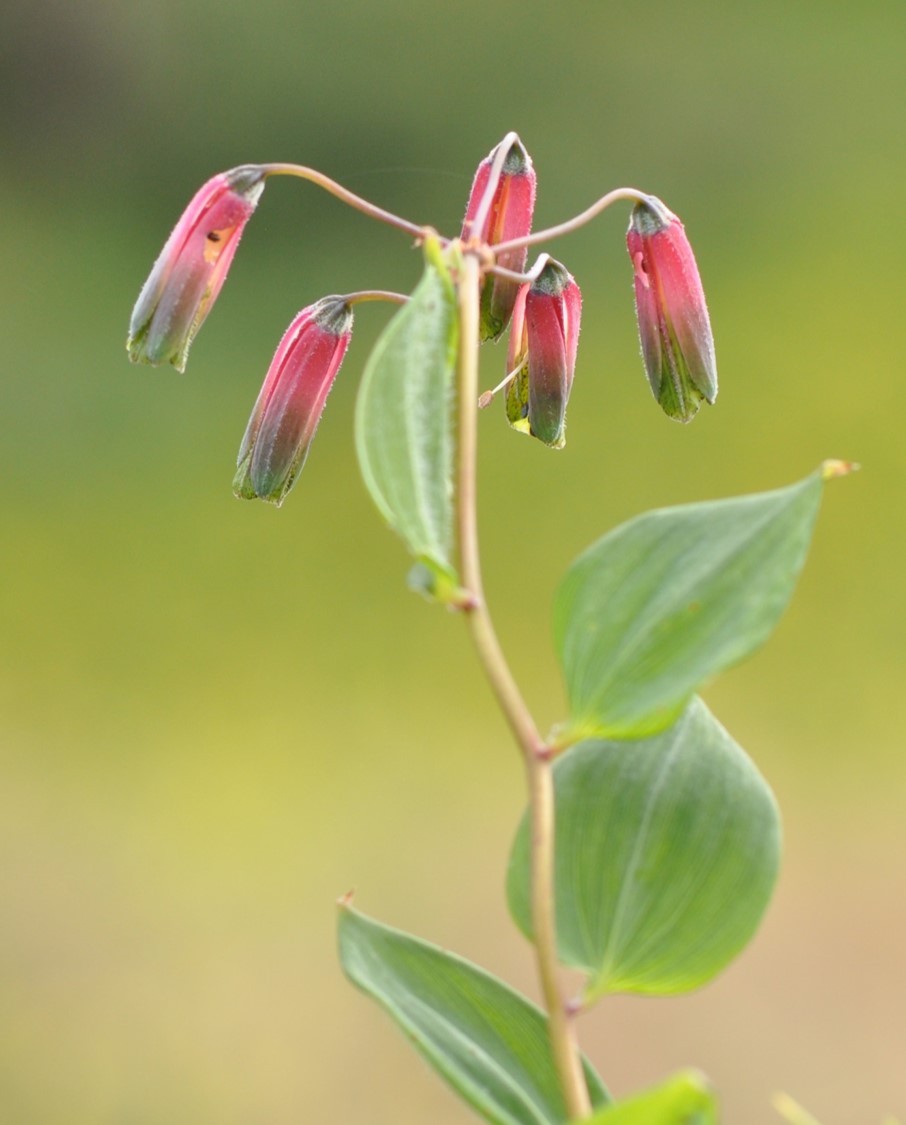Field Notes, Objects, Plants, Practices
Sullu Sullu, an Abortifacient Plant at the Service of the Inca Empire
Human beings are rarely represented in the art produced in the heartland of the Inca Empire. However, in the collections of the Ethnologisches Museum Berlin we find a remarkable exception: a ceramic jar from the Cusco region on which six women are depicted holding a tree branch with two flowers sprouts. Who are these women, and what was the nature of their relationship with the plant?
22.06.2020

Human beings are rarely represented in the art produced in the heartland of the Inca Empire. However, in the collections of the Ethnologisches Museum Berlin we find a remarkable exception: a ceramic jar from the Cusco region on which six women are depicted holding a tree branch with two flowers sprouts. Who are these women, and what was the nature of their relationship to the plant?
In order to answer this question, the first step is to identify the plant represented on the ceramic jar. The characteristics of the flower—its color, the dark shades at both extremes of the petal, and the dark stamen—are typical features of a particular genus of Bomarea called Bomarea dulcis, which is widely found in the Andean Highlands. The plant is known today among the Kallawaya healers of Bolivia for its abortifacient effects (Girault 1984: 112); its Quechua name, sullu sullu, also refers to this property: according to various Quechua dictionaries, the word sullu is a derivative of sulluni, which means “to abort” (González Holguín 1952[1608]: 332). If the plant was indeed used to induce abortion, its connection to the women depicted on the Inca jar seems clear: the six figures are carrying a plant that grants them the power of birth control. What is more, the plant served as an attribute of these women, and thus helps us identify the feminine figures represented as acllas.
The acllas (chosen women) were women who held a particular status in the Inca Empire. Various sixteenth- and seventeenth-century Spanish and native chroniclers describe the institution of the acllas as a selected group of female subjects who lived in closed complexes. The acllas fulfilled a number of economically and ritually significant roles, including weaving the highest-quality textiles, preparing chicha (maize beer), and working in the fields of the Inca, the emperor himself; their role required that they bear no children. Spanish chroniclers associated the acllas with the nuns of Christian convents, asserting that they were virgins. However, as the concept of virginity did not exist among Andean peoples prior to the arrival of the Spanish Christian invaders, it would be more correct to state that the Inca Empire was concerned with controlling these women’s reproductive potential, rather than their virginity.
The fertility of the acllas was not to be expressed through their offspring, but rather through their work and the products they manufactured. The empire would thereby profit from the restriction of individual women’s reproductive possibilities, and it is quite possible that the sullu sullu plant played an important role in regulating this social system. This may go some way towards explaining its place of honor on imperial ceramics—as an identifying attribute of a group of female subjects endowed with special agencies.




